‘Henry VIII‘ by William Shakespeare portrays true-life characters in varying dimensions, from the speech of the characters themselves to the opinions of other characters about a specific character. The most comprehensively developed character in the play is Cardinal Wolsey who develops from a ruthlessly ambitious man to a penitent old man. However, it is pertinent to point out that the portrayals of these true-life characters in the play are based on the opinion of the author of the play, which may be prone to subjective conjectures.
King Henry VIII
Role: Protagonist
Key Info: Self-indulgent, credulous, irascible, lustful; main character of the story.

Historically, Henry VIII was the King of England who reigned between 1509 to 1547. In the play, he is portrayed as a negligent king who lets his advisor Cardinal Wolsey wield too much power and blindly trusts him so much that he does not give a listening ear to anything that contradicts Cardinal Wolsey.
He is also subtly criticized in the play as a man who tries to manipulate religion to justify his lustful desires for a woman other than his wife.
Towards the end of the play, he becomes more active in the affairs of his Kingdom as shown in the role he plays in Cranmer’s trial.
Although Henry VIII is the eponymous character of the play, he does not play a major role in it. The plot of the play focuses more on the scheming of the officials in his court.
Cardinal Wolsey
Role: Antagonist
Key Info: Vengeful, scheming, ambitious; the king’s adviser.
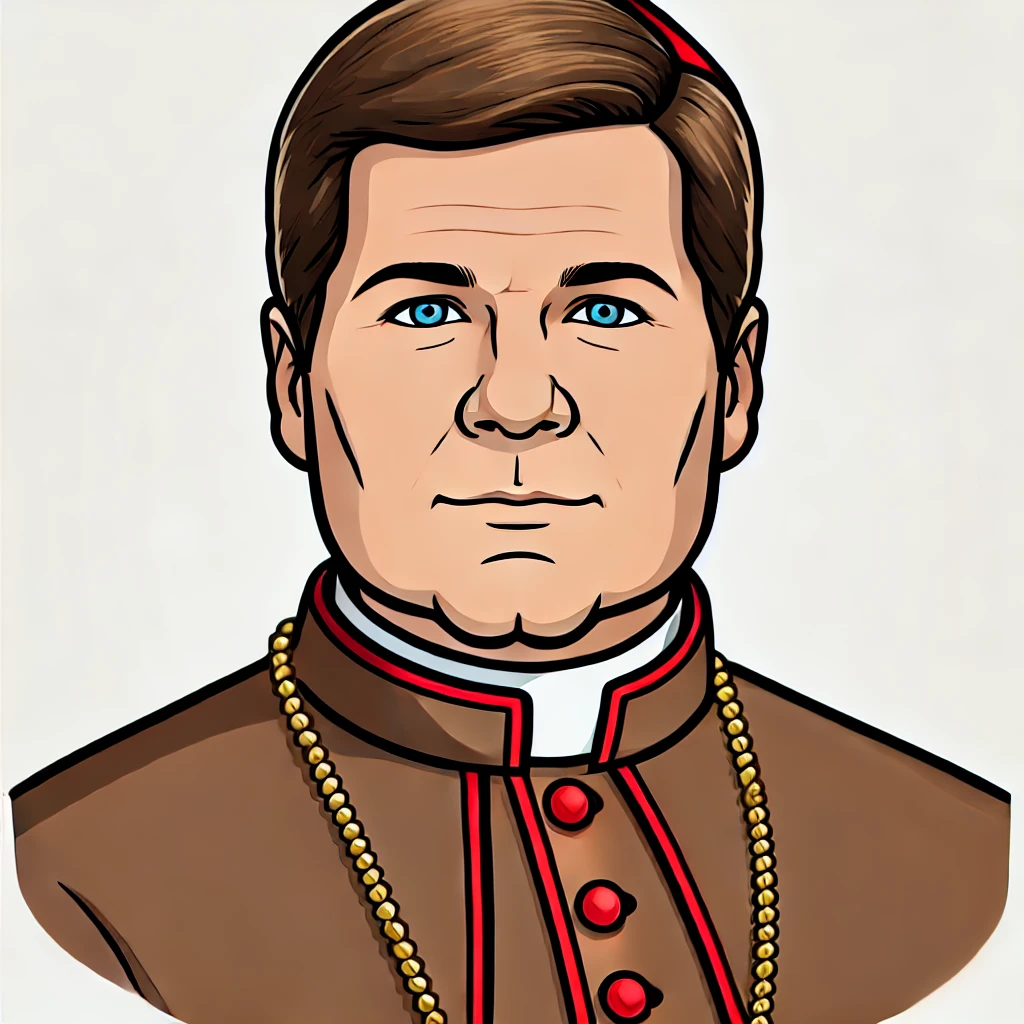
Cardinal Wolsey is the chief character of the play. He is not from a noble family, nor does he have prestigious connections, but he rose to power and affluence by the merits of his hard work and talent. Historically, he was the Archbishop of York from 1514 to 1530 and served King Henry VIII as Lord Chancellor from 1515 to 1529.
King Henry VIII loves and trusts Cardinal Wolsey because he came highly recommended by his father Henry VII. Cardinal Wolsey handles most of the affairs of the Kingdom and is competent in his duties, albeit corrupt.
Shakespeare portrays Cardinal Wolsey as a greedy, proud and ambitious man who uses his trusted position with the king to gratify his selfish needs.
the cardinal does buy and sell his honour as he pleases, And for his own advantage
Duke of Buckingham’s description of Cardinal Wolsey in Act I, Scene I
In the play, he imposes exorbitant taxes on the masses, embezzles money and jewels from the treasury, and diverts properties confiscated by the state into his belonging. He does all these with the intention of funding his ambition to become a pope.
He also uses the powers entrusted to him by King Henry VIII to negotiate political and economic deals that suit his personal fancy. He is instrumental in determining the volatile relationship between the King of France and the King of England.
He is vengeful and malicious and goes to great lengths to eliminate those that appear to be a threat to his ambitions. He sends other members of the court who are loved by the king on assignments far away from the palace to reduce their access to the king. And he eliminates the Duke of Buckingham by framing him up for treason because he knows that the Duke of Buckingham loathes him and may be privy to information that may reveal his selfish abuse of office to the king.
He is scheming and manipulative. He places people that are loyal to him in strategic positions where they can have access to the king. We also see his manipulative tendencies when he falsely takes credit for pleading a pardon on exorbitant taxes with the king when in fact, it was Queen Katherine who made the plea at the prompting of the Duke of Norfolk.
His character however undergoes significant development in the play. When he falls out of favour with the king, he changes from a proud, greedy and malicious man to a humble and repentant man. And he advises Cromwell not to follow in his corrupt ways.
Duke of Buckingham
Role: Rival
Key Info: Noble, intellectual, eloquent, and charismatic; King Henry VIII and Cardinal Wolsey perceive him as a rival and a threat to their positions because of his fine qualities and popularity.

He is a learned and intelligent man of a noble background. He is loved by the royals and the masses alike for his intellect, eloquence and generosity.
However, he lacks political tact, this is evidenced in the way he carelessly makes it known that he despises Cardinal Wolsey, despite knowing the immense power Wolsey wields. He is charged with treason, imprisoned, and beheaded. The allegations and testimonies against him are seemingly orchestrated by Cardinal Wolsey due to their disdain for each other but although he mourns his fate of dying for a false allegation but walks bravely to his death and forgives all that orchestrated his downfall.
Queen Katherine
Role: First Wife of the Protagonist
Key Info: Virtuous, dutiful, astute, pious.

She is a queen loved by all and perceived as a virtuous woman. She pleads with the king to make policies more favourable to the masses. For instance, when she learns of an exorbitant tax imposed on the commons, she pleads to King Henry against it.
She is royalty by birth and Spanish by origin—the daughter of Ferdinand II, King of Aragon. Her nephew is Charles V, emperor of the Holy Roman Empire. She was first married to Prince Arthur, Henry VIII’s elder brother. But when Prince Arthur died shortly after their marriage, she marries Henry VIII. Although her marriage was for political reasons, she is a devoted and loving wife to King Henry VIII for twenty years.
She is astute and a good judge of character. She is suspicious of Cardinal Wolsey and perceives pride and power lust beneath his affectations of humility. She senses a conspiracy in the allegations against the Duke of Buckingham and warns the king not to be too quick to judge.
Despite being a submissive wife, we also see a great deal of stubbornness in her character when she obstinately refuses to participate in the proceedings meant to dissolve her marriage with King Henry VIII and declares Cardinal Wolsey her enemy. However, she is eventually subdued by the King’s power and pressure and is forced to leave her position as queen.
The initiation of divorce by the king makes her feel hurt, betrayed and alone in a foreign country but she maintains her dignity through it all. Shakespeare portrays her as a saintly woman in the play.
Although the name is spelt as ‘Katherine’ in this play, the actual name on which it is based is spelt ‘Catherine’.
Anne Bullen
Role: Second wife of the Protagonist
Key Info: Coy, hypocritical, youthful
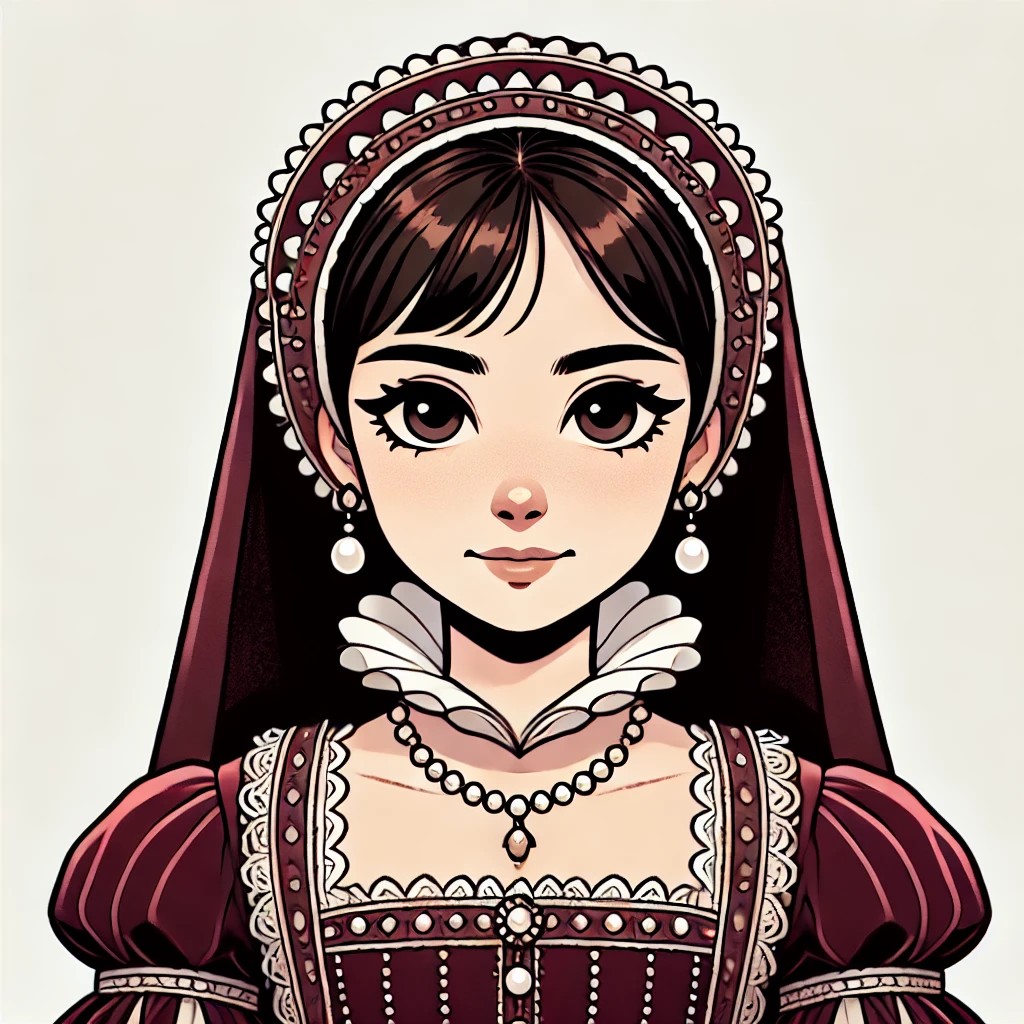
Unlike Queen Katherine born into royalty, Anne Bullen is a lowly girl whose asset lies more in her beauty than in her family background. She is Queen Katherine’s maid of honour. She is young, pretty and attractive to many men including the King who becomes infatuated with her after meeting her at a party.
She pities the Queen when news of the divorce is made known and vehemently swears that she never wants to be queen, but eventually changes her stance when she is showered with wealth, affluence and the promise of power.
The play does not extensively explore the depth of her character beyond her beauty and an allusion to her Lutheran faith.
The actual spelling of the name on which this character is based is Anne Boleyn, but it is spelt ‘Bullen’ in this Shakespearean play.
Duke of Norfolk
Role: Member of the King’s Court
Key Info: Wise, intuitive, tactful.
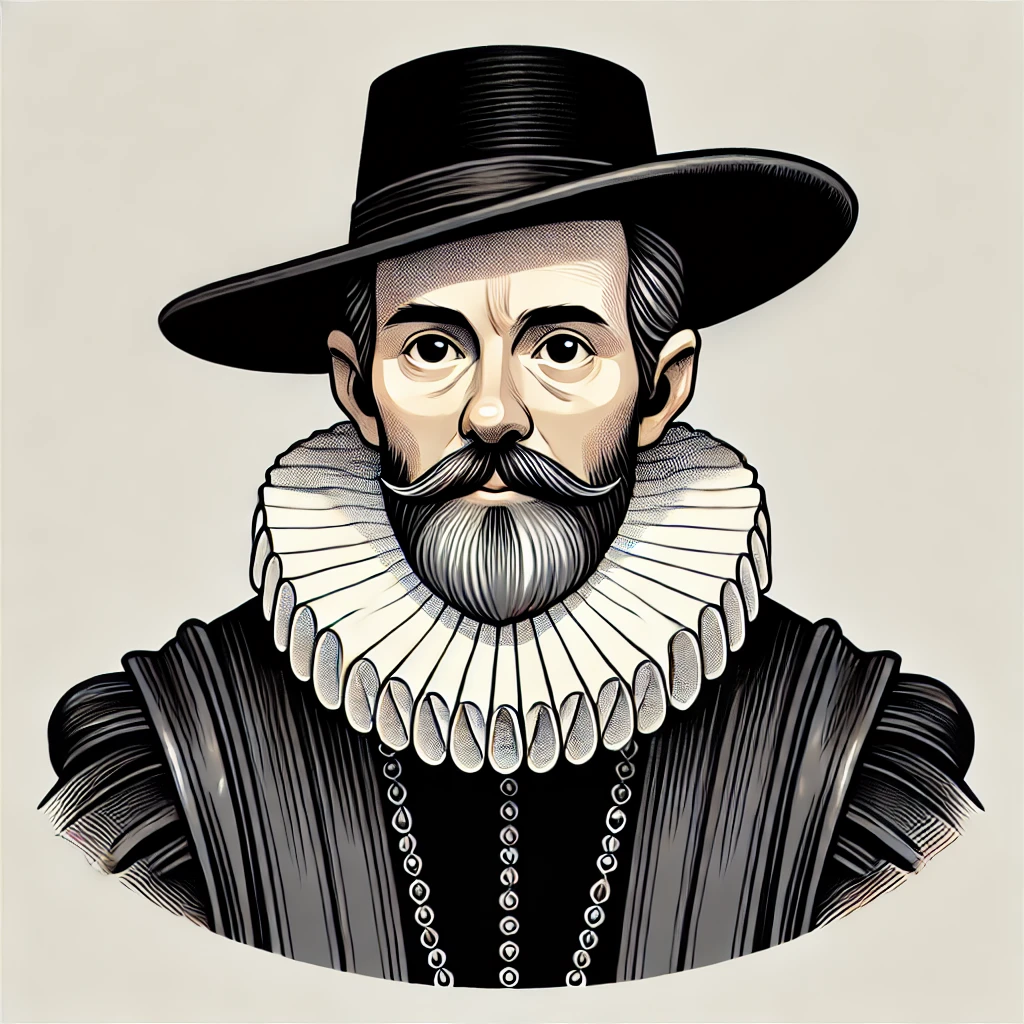
He is a friend of the Duke of Buckingham and warns the Duke of Buckingham to apply caution as regards Cardinal Wolsey. But unlike the Duke of Buckingham, he is more tactful in his dealings. For instance, when he learns of the exorbitant tax imposed by Cardinal Wolsey, he tactfully goes through Queen Katherine to bring it to the notice of the king to avoid the risk of crossing Wolsey if he tries to access the king directly.
He is among those eager to be harbingers of the downfall of Cardinal Wolsey because he feels a sense of vengeance for his friend, the deceased Duke of Buckingham.
Gardiner
Role: Member of the King’s Council
Key Info: Sharp, impatient, loyal

He is the Bishop of Winchester, secretary to King Henry VIII and a member of the king’s council, placed on these prestigious positions by Cardinal Wolsey and a sworn loyal servant to Wolsey. His continued sense of loyalty to Wolsey even after Wolsey’s death makes him disdainful of Cranmer who occupies the position of the trusted advisor of the king—a position previously held by his benefactor, Cardinal Wolsey.
He is sharp and impatient in trying to convict and imprison Cranmer but upon realizing that Cranmer is under the king’s favour and protection, he makes a politically sound decision and embraces Cranmer in friendship.
Lord Chamberlain
Role: Member of the King’s court
Key Info: Cautious, savvy, diplomatic

An official in the palace. At first, welcoming to Cardinal Wolsey’s power but later becomes dissatisfied with Wolsey’s greedy accumulation of resources. Still, he keeps his sentiments aside and continues to mind his office.
He later serves as an informant to the faction of court officials that plot the fall of Cardinal Wolsey but keeps his role in the plot hidden.
Cranmer
Role: A Protestant Member of the King’s Council
Key Info: Thoughtful and solemn

He is the Archbishop of Canterbury, although, in the Catholic church, he supports Lutheran Protestant reformations for which other officials in the palace try to imprison him.
He plays a crucial role in facilitating King Henry VIII’s marriage to Anne Bullen and it wins him the King’s favour. The King protects him from prosecution by the Catholic faction of the palace council who see him as a manipulative and dishonest man.
He baptizes Anne Bullen’s daughter Elizabeth, prophesying her future rule as a great monarch.
Cromwell
Role: Member of the Royal Council
Key Info: Pragmatic, strategic and principled
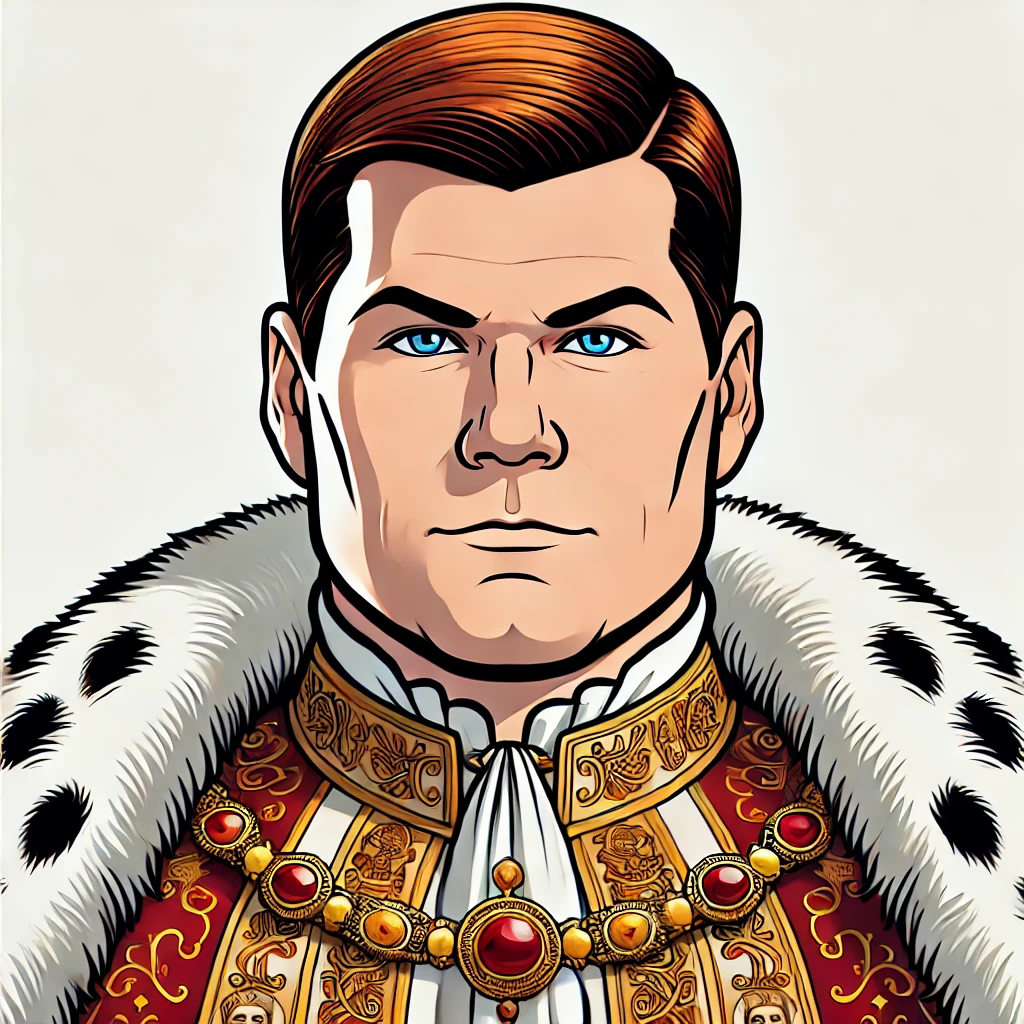
Friend to Cardinal Wolsey. He comforts the cardinal after his fall and is advised by the cardinal to eschew corrupt ways in his service to the throne.
He becomes a member of the King’s Council after Cardinal Wolsey’s death and ran his office competently. He advised Gardiner to apply moderation in his harsh treatment of Cranmer.
Griffith
Role: Queen Katherine’s loyal servant
Key Info: Good-natured and charitable.
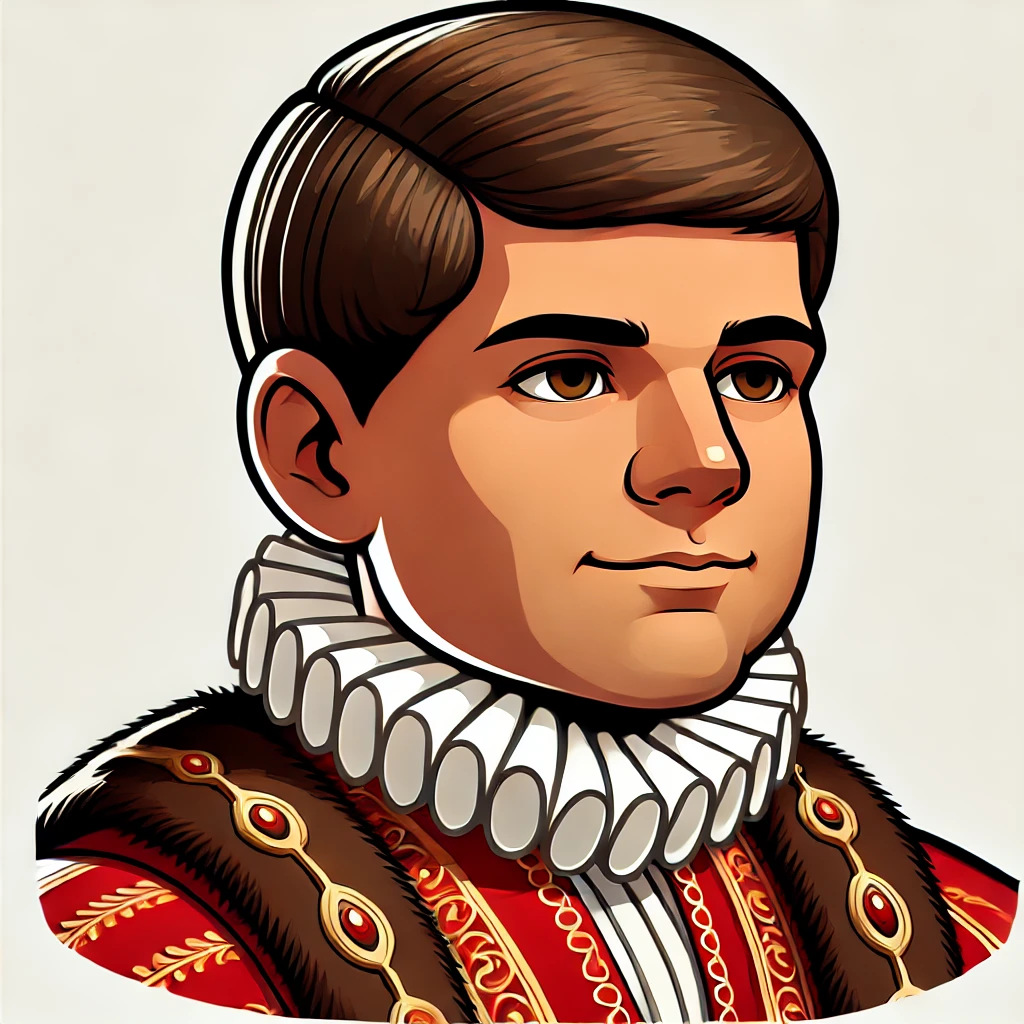
Griffith is a servant who informs Queen Katherine of events in the surrounding kingdoms. He is kind in judgement and points out some good things about the deceased Cardinal Wolsey who is harshly judged by most people. He is the character that said as quoted below:
Men’s evil manners live in brass; their virtues we write in water” (Act IV, Scene II)
Act IV, Scene II
Old Lady
Role: Anne Bullen’s Attendant
Key Info: Wise, shrewd, bold.

She is a companion to Anne Bullen who points out the hypocrisy of Anne Bullen’s proclamation that she would never want to be a queen. She is also the one who reports the progress of Anne Bullen’s childbirth to the king.
